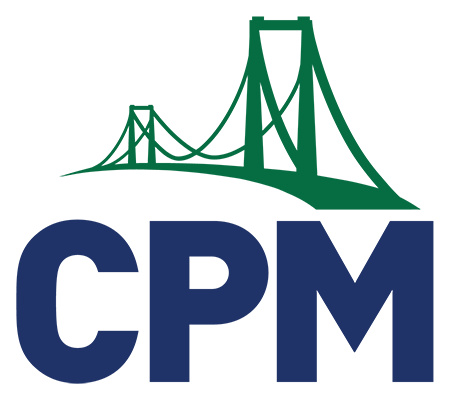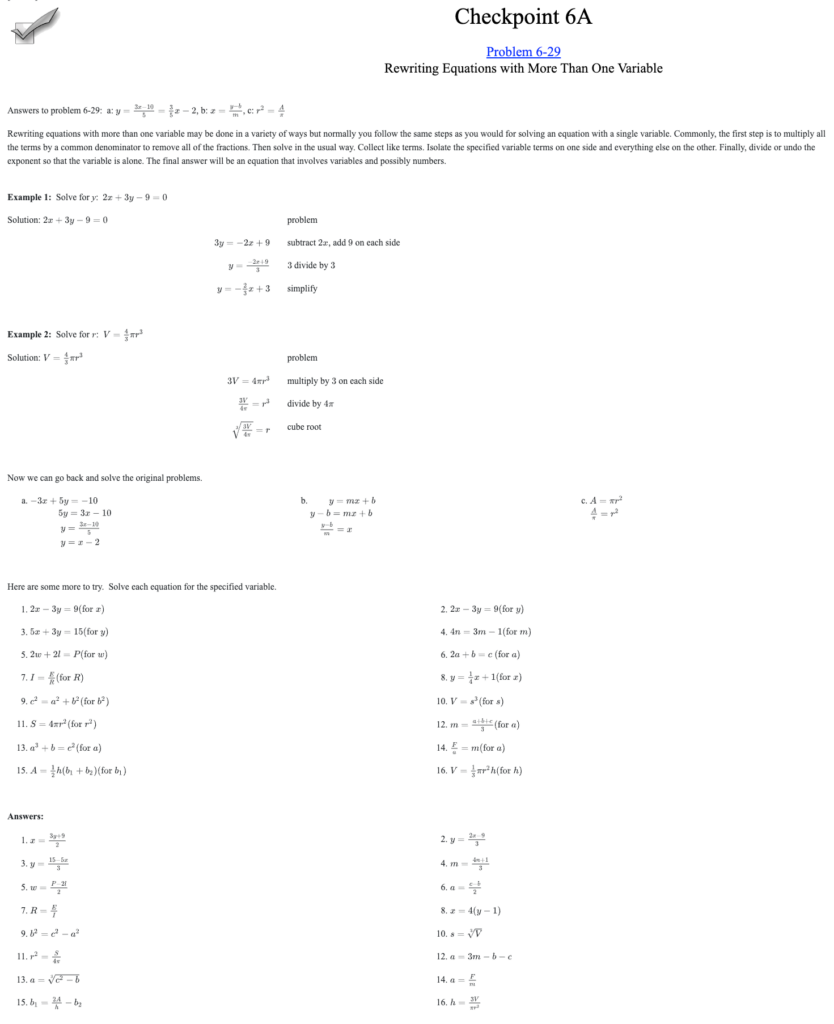Josea Eggink, Kennedy High School, Bloomington, MN
In July, Mark Coté and I attended Jo Boaler’s three-day workshop “Mindset, Mathematics, & Common Core Transition” in San Marcos, CA. Below is the third in a series of articles sharing highlights from our three days in San Marcos.
During the workshop, Jo commented that students in the United States are over tested in math. She said the USA’s mistaken idea that testing will help students improve is analogous to thinking that measuring someone’s height will help them grow. She also pointed out that the countries that do the least amount of testing (Finland, for example) rank highest in student math performance.
Although we need to lessen the amount of highstakes testing, Jo encouraged teachers to increase their use of a different, and immensely valuable, assessment: Assessment for Learning. The purpose of Assessment for Learning is to help students understand where they are, where they need to get to, and how to close the gap. It provides students with the knowledge and tools to become self-regulatory learners. Jo stated that if more teachers incorporate Assessment for Learning in their classroom culture, the United States could jump from the middle to within the top three in international math rankings.
The following are four Assessment for Learning strategies that Jo shared during the workshop:
Self- and peer-assessment. In a research study conducted by White and Frederiksen, students who engaged in self- and peer-assessments outperformed students who did not engage in these activities. Also, the greatest gains were made by students who had previously been considered low-achieving, suggesting that many low-achieving students are low-achieving simply because they do not know what they are supposed to learn. Jo added that in order for students to understand what meets the criteria, the goals of the unit should be stated in kid-friendly language. Then we can better engage students in reflecting whether they have learned the concepts.
You can also have students self-assess their use of the mathematical practices. Jo showed us the Thermometer Student Rubric Self-Assessment created by Exemplars, that you can use.
Diagnostic feedback. Jo cited a study conducted by Butler that compared three conditions: giving students grades, giving students diagnostic feedback, and giving students both grades and diagnostic feedback. The students who received only diagnostic feedback later outperformed students from the other two groups. Elawar and Corno had similar findings in their research study involving eighteen 6th grade classes. The students receiving diagnostic comments on their homework (with no scores) learned twice as fast as the students who did receive scores, the achievement gap between male and female students disappeared, and student attitudes improved.
Have students design assessment questions.
Questioning. Questioning students during class is a wonderful way to assess their understanding, and we are fortunate that the CPM materials provide suggestions and support for effective questioning in the teacher notes. Jo reminded us that our questions need to focus on student ideas and to give ample wait time before inviting responses from students.
Jo also shared thoughts on grading. She said grades should reflect more than how many problems students get correct. Grades should also reflect aspects of students’ mathematical thinking such as how they see representations and how they ask questions. Jo recommends giving students the opportunity to resubmit summative assessments for a higher grade after they spend more time on the material. (The goal, after all, is learning.)
You can visit Jo’s website to find more insights, research, and resources, and be sure to check out Jo’s keynote presentation at CPM’s conference this February in San Francisco!


